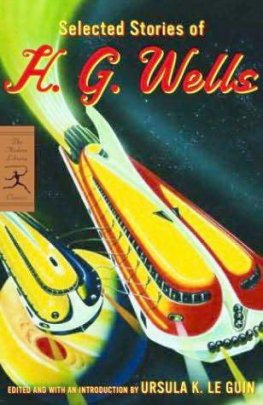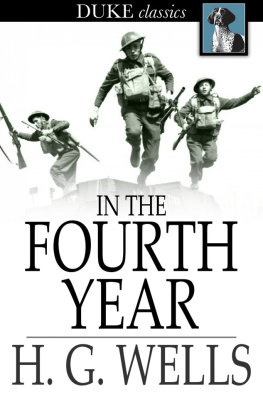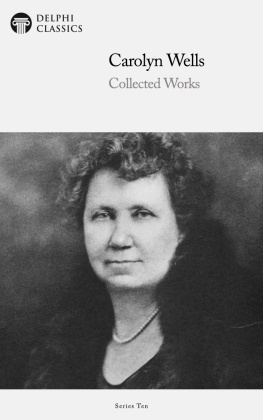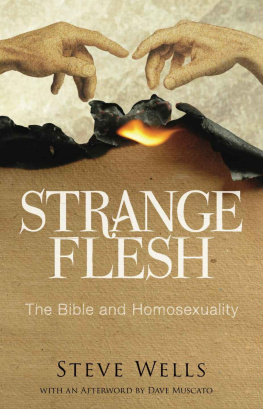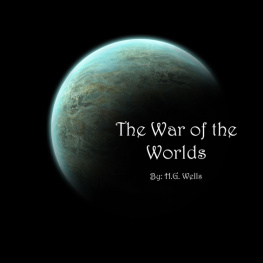Cutting Jesus Down to Size
Books by G.A. Wells
Herder and After (1959)
The Plays of Grillparzer (1969)
The Jesus of the Early Christians (1971)
Did Jesus Exist? (1975; second edition, 1986)
Goethe and the Development of Science (1978)
The Historical Evidence for Jesus (1982)
The Origin of Language: Aspects of the Discussion from Condillac to Wundt (1987)
Religious Postures: Essays on Modern Christian Apologists and Religious Problems (1988)
Who Was Jesus? A Critique of the New Testament Record (1989)
Belief and Make-Believe: Critical Reflections on the Sources of Credulity (1991)
Whats in a Name? Reflections on Language, Magic, and Religion (1993)
The Jesus Legend (1996)
The Jesus Myth (1999)
The Origin of Language (1999)
Can We Trust the New Testament? Thoughts on the Reliability of Early Christian Testimony (2004)
Cutting Jesus Down to Size: What Higher Criticism Has Achieved and Where It Leaves Christianity (2009)
Edited Works
Language: Its Origin and Relation to Thought (co-edited with D.R. Oppenheimer), by F.R.H. Englefield (1977)
The Mind at Work and Play (co-edited with D.R. Oppenheimer), by F.R.H. Englefield (1985)
J.M. Robertson: Liberal, Rationalist, and Scholar (1987)
Critique of Pure Verbiage: Essays on Abuses of Language in Literary, Religious, and Philosophical Writings (co-edited with D.R. Oppenheimer), by F.R.H. Englefield (1990)
The Old Faith and the New, by David Friedrich Strauss (1997)

To order books from Open Court, call toll-free 1-800-815-2280, or visit our website at www.opencourtbooks.com.
Open Court Publishing Company is a division of Carus Publishing Company.
Copyright 2009 by Carus Publishing Company
First printing 2009
All rights reserved. No part of this publication may be reproduced, stored in a retrieval system, or transmitted, in any form or by any means, electronic, mechanical, photocopying, recording, or otherwise, without the prior written permission of the publisher, Open Court Publishing Company, a division of Carus Publishing Company, 315 Fifth Street, P.O. Box 300, Peru, Illinois 61354-0300.
Library of Congress Cataloging-in-Publication Data
Wells, George Albert, 1926-
Cutting Jesus down to size : what higher criticism has achieved and where it leaves Christianity / G.A. Wells.
p. cm.
Includes bibliographical references and index.
ISBN 978-0-8126-9867-1
1. Bible. N.T. GospelsCriticism, interpretation, etc. I. Title.
BS2555.52.W45 2009
226.06dc22
2009012192
Contents
W orks mentioned or quoted (listed under their authors names in the Bibliography) are referenced in my text and notes simply by the relevant page numbers, usually with also a date of publication.
Books of the Bible are quoted from the Revised Version (RV), published 188185 of the Authorized or King James Bible (AV) of 1611. On some few occasions I refer to more recent translationsthe Revised Standard Version (RSV) or the New English Bible (NEB)or have rendered the Greek text of the New Testament literally or adapted it to the syntax of my sentences.
The terms Mark, Matthew, Luke, and John sometimes designate the author of the relevant gospel and sometimes that gospel itself. Which meaning is intended will be clear from the context. Luke also designates the author of the Acts of the Apostles. Quotations from a number of New Testament books are referenced with abbreviations. These, in the order in which the relevant books are printed in modern Bibles, are:
Mt., Mk., Lk., Jn. (for the four gospels)
Acts (for the Acts of the Apostles)
Rom., 1 and 2 Cor., Gal., Ephes., Phil., Coloss., 1 and 2 Thess., and 1 and 2 Tim. (for epistles ascribed to Paul).
Rev. (for the New Testament apocalypse or book of Revelation).
I follow the usual terminology in calling the first three of the four canonical gospels the synoptics. The term synoptic means what can be seen at a glance and owes its origin to the fact that, if the complete texts of all three are put side by side in parallel columns, one can see what material has been added, omitted, or adapted in one as compared with another.
I thank my wife Elisabeth for keeping things going at home while I worked on this book, and for helpful comments on my manuscript.
I thank Mr. D. Collins, Miss Edith Geissler, and Mrs. Elke Wagstaff for their careful typing of the original. I am particularly grateful to Elke, both because it is she who has done the bulk of this work and because latterly she has persevered with it under difficult conditions.
What is called the higher criticism attempts to determine the date, authorship, integrity, and character of the various books of the Bible. The term distinguishes it from lower or textual criticism, which is concerned to recover the authentic text of these documents. The distinction should not be taken as a value judgement, for we do not have the originals of these texts, and trying to recover from later copies what their authors actually wrote is important and no mean task.
The detractors of the higher criticismsuch as Gary North (1990) for whom it is no more than a hoax, and Hal Lindsey, who calls it wicked dogmatism inspired by Satan (1974, pp. 16668)suppose that it has been arbitrarily imposed from outside, from certain arbitrary assumptions, onto the scriptures. In fact, as we shall see, it is the careful study of the scriptures themselves which has prompted the questionings of the higher critics.
Although much of the higher criticism of the New Testament (particularly the gospels), continuous since the late eighteenth century, has been the work of Christian scholars, one result of it is that many doctrines, taught for centuries, are now abandoned by numerous spokesmen of the mainstream churches, who are reduced to justifying the old formulas by novel interpretations. But in spite of such critical work, there is today a resurgence of fundamentalist and ultra-conservative Christian belief, backed by scholarship of like kind. This book is essentially a response to such resurgence and to the defensive tactics of the more liberal commentators.
After my first chapter, outlining when the gospels were written and some of their tendencies, I turn in Chapter 2 to Strauss, one of the first of the major higher critics, and give particular attention to the question of miracles. Leslie Houlden notes, in the impressive 2005 handbook, Jesus: The Complete Guide, edited by himself, that Jesus is represented in the gospels as working miracles in the fashion of what was believed of others of his time. There is nothing special, Houlden says, about him as a miracle worker: The ancient world was accustomed to such men and wondered at them. Apollonius of Tyana is the best known, from his Life by Philostratus (p. 423).
The discussion in Chapters 3 and 4 of the New Testament accounts of Jesuss birth and infancy, and of his resurrection, shows how subsequent scholars have built on, and continue to build on, some of Strausss major insights. These chapters are updated and revised from my 1989 bookconsiderably so in the case of the resurrection; for while scholarly defence of the virginal conception is now relatively rare, the resurrection still excites endless discussion. These two chapters should suffice to show that even in New Testament times a welter of incompatible traditions were created and manipulated differently by different Christian groups. John Bowden, Anglican priest and former director of SCM Press, allows that the virgin birth and the resurrection are two points where Christian tradition most wants to see miracles, but where there is in fact a high proportion of pious legend (1988, p. 160). If these two items are deleted as unhistorical, a very considerable gap is left in traditional Christian doctrine.
Next page


